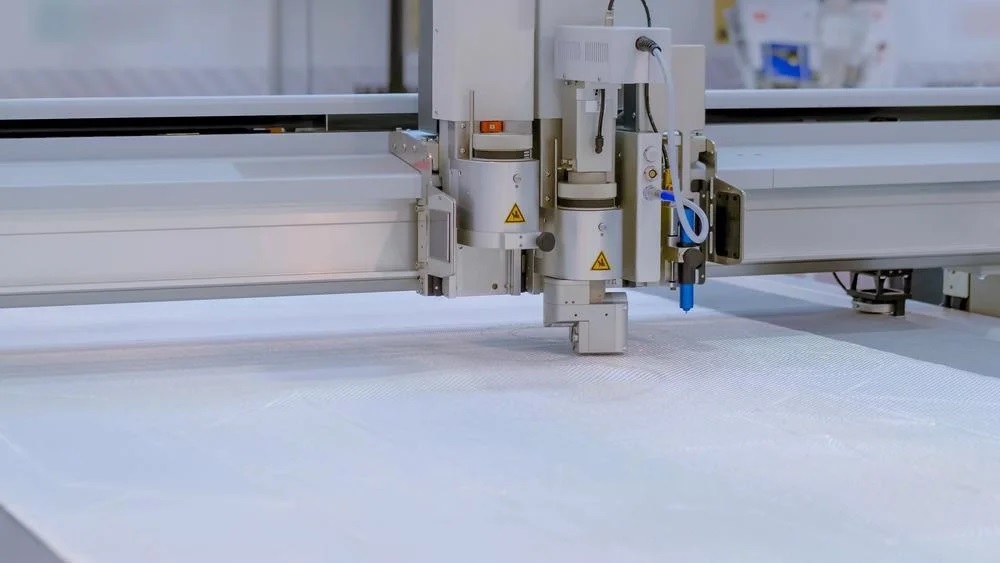In the fast-paced world of modern manufacturing, digital die cutting stands out as a beacon of innovation, precision, and efficiency. This cutting-edge technology has become instrumental in transforming various industries, from automotive to packaging, by offering unparalleled accuracy and versatility in material cutting processes.
Understanding Digital Die Cutting
Digital die cutting, a process that employs advanced software and CNC (Computer Numerical Control) machinery, eliminates the need for physical dies or templates. This not only reduces setup times and costs but also enables intricate cuts with exceptional precision on a wide array of materials, including paper, plastic, metal, and textiles.
The Impact on Various Industries
Packaging Industry:
- Customisation and Flexibility: Digital die cutting allows for rapid prototyping and customisation, enabling businesses to respond swiftly to market trends and consumer demands.
- Sustainability: With its ability to minimise waste by maximising material utilisation, digital die-cutting supports eco-friendly practices, a growing concern in packaging.
Automotive Sector:
- Precision Components: The technology’s precision is crucial for producing intricate components that meet the stringent quality standards of the automotive industry.
- Innovation in Design: It fosters innovation by allowing designers to experiment with complex shapes and materials without the constraints of traditional cutting methods.
Textile and Fashion:
- Creative Freedom: Designers can explore complex patterns and shapes, pushing the boundaries of fashion and textile design.
- Efficiency: The speed and accuracy of digital die cutting streamline production processes, from prototyping to final product creation.
Advantages Over Traditional Methods
- Reduced Lead Times: The digital nature of the process significantly cuts down on setup times, allowing for faster turnaround.
- Enhanced Accuracy: CNC machinery ensures each cut is precise, consistent, and replicable, which is critical for high-quality production.
- Cost-Effectiveness: By eliminating the need for physical dies, companies can save on tooling costs and reduce material wastage, making it a cost-effective solution.
Challenges and Future Prospects
While digital die cutting presents numerous advantages, challenges such as the initial investment in machinery and the need for skilled operators cannot be overlooked. However, as technology advances and becomes more accessible, it is set to revolutionise how industries approach manufacturing processes.
The integration of AI and machine learning could further enhance the capabilities of digital die cutting, making it smarter, more autonomous, and even more efficient. This could lead to a future where precision and innovation go hand in hand, pushing the boundaries of what’s possible in manufacturing and design.
Conclusion
The advent of digital die cutting has marked a significant shift in the manufacturing landscape, blending precision with innovation. As industries continue to embrace this technology, the possibilities for creativity, efficiency, and sustainability seem limitless. The journey of digital die-cutting is just beginning, and its impact on transforming industries is set to grow exponentially in the coming years.

